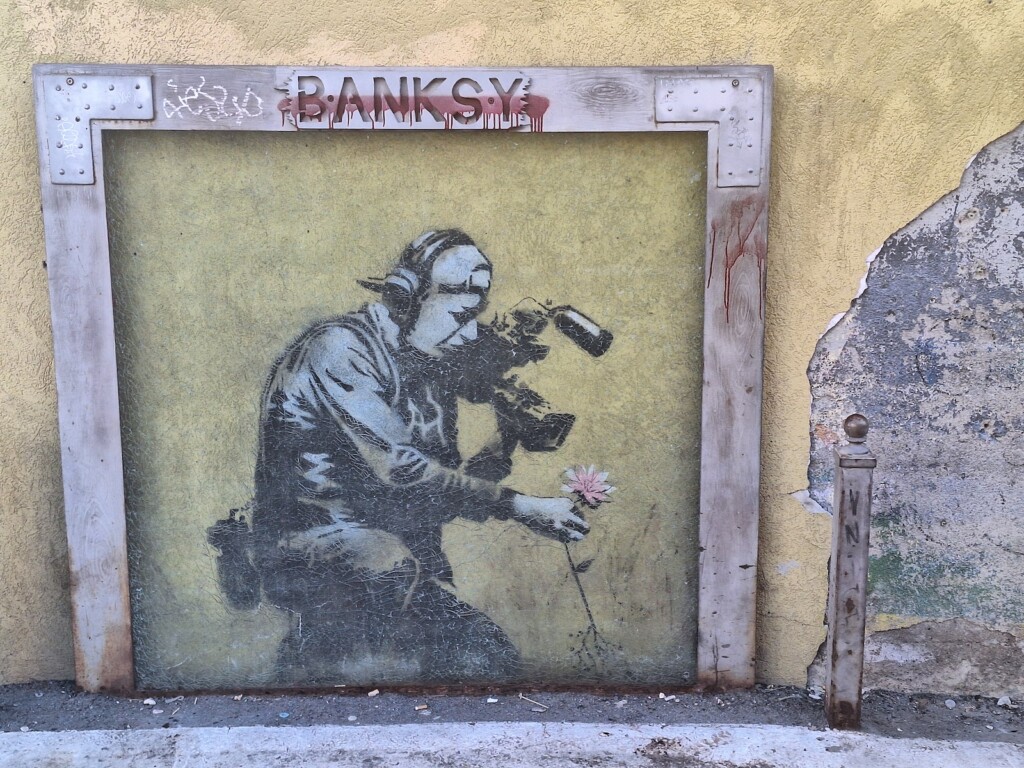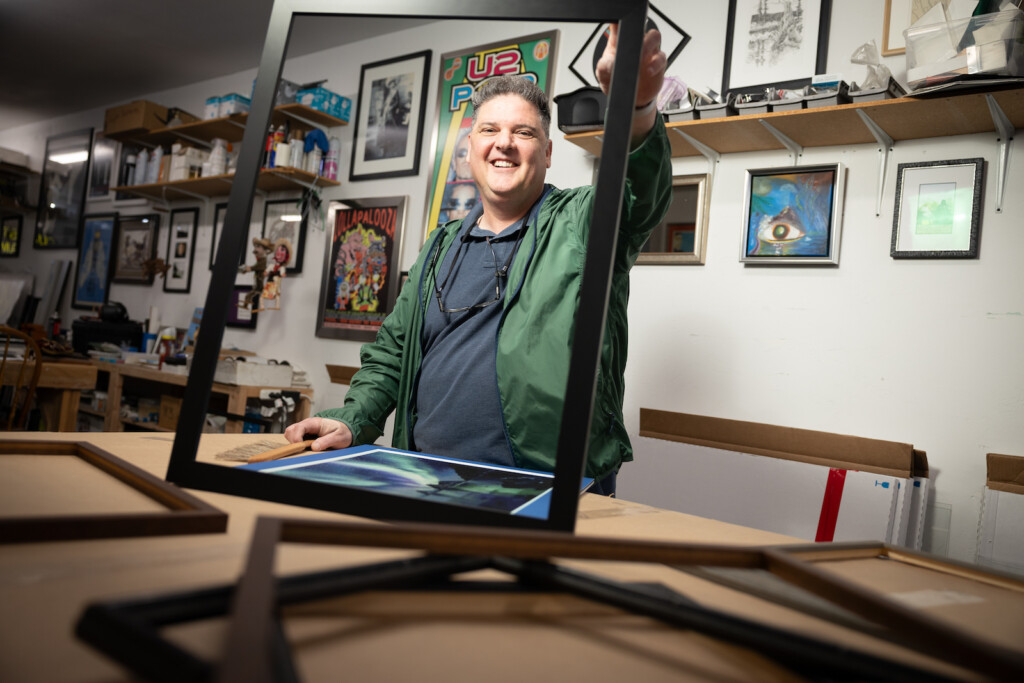
Nicole Parish’s subjects are decidedly different from many of the traditional still life scenes you’ll find in most art galleries. Most still lifes include images of floral arrangements or fruits. Nicole’s still life subjects, however, are something most people deem a nuisance—bugs.
It’s a wonder that a local artist trained in the classic still life art form would turn to painting insects as her passion. One would assume that selling pictures of different species of insects would be a hard sell to a discriminating collector; however, her artwork has found its way into many homes. With over two-thirds of her art collection already sold at the Meyer Gallery in Park City, Nicole is pressed to keep up with the demand of her new clientele.
Nicole came about painting insects from a medical issue. She couldn’t have pets growing up because of her father’s severe dog and cat allergies, so she and her brother decided to collect insects. That decision came about because of the simplicity of it. Insects were not only entertaining, but they were affordable to take care of as well.
Her brother Davin assisted her in raising insects. Together, they managed to collect everything and anything their mom would allow in the house. The spiders, moths and beetles Nicole collected were all given an indoor home. Not only did Nicole find insects interesting, she also loved how they moved, and was attracted to their physical beauty. The variety of colors and shapes each insect possessed was unique and exciting to her. At the top of her list were Polyphemos moths. These moths became her favorite as a result of her brother bringing back “the most gorgeous bug I’ve ever seen” from a camping trip. She still has the moth he gave her, and has painted this moth so many times that its wings are decaying from being used so often as a model.

Painting is Nicole’s chosen medium because she has loved painting since she was a little girl. She has always loved oil paint because the pigments and colors are so vibrant and rich. Nicole also loves the glossy look which gives the viewer “the look of fresh paint” even after a painting is complete.
What Nicole loves most about painting her subjects is the ability to paint insects the way she sees them in her mind. She adores sharing the beauty of insects with others.
Nicole recently merged her love of insect collecting and art, spending more time collecting bugs to use for her job as an artist. Nicole collects insects based on the season: dragonflies in the fall, and a variety of watermelon beetles, stink bugs and moths in summer. During springtime, butterflies and beetles are added to her collection.
Collecting insects humanely is a large part of Nicole’s repertoire. She gathers insects both dead and alive. If the insects are active, she’ll keep them as pets and will take care of them until they live out their lives, just as she did when she was a child.
The hardest part of painting insects for Nicole? Choosing the insect that will be her next subject. Her process for choosing includes lining up several insects, then picking an insect that grabs her attention, which is usually the first bug to catch her eye that morning.
Find Nicole Parish’s artwork at the Meyer Gallery, 305 Main Street, Park City.





